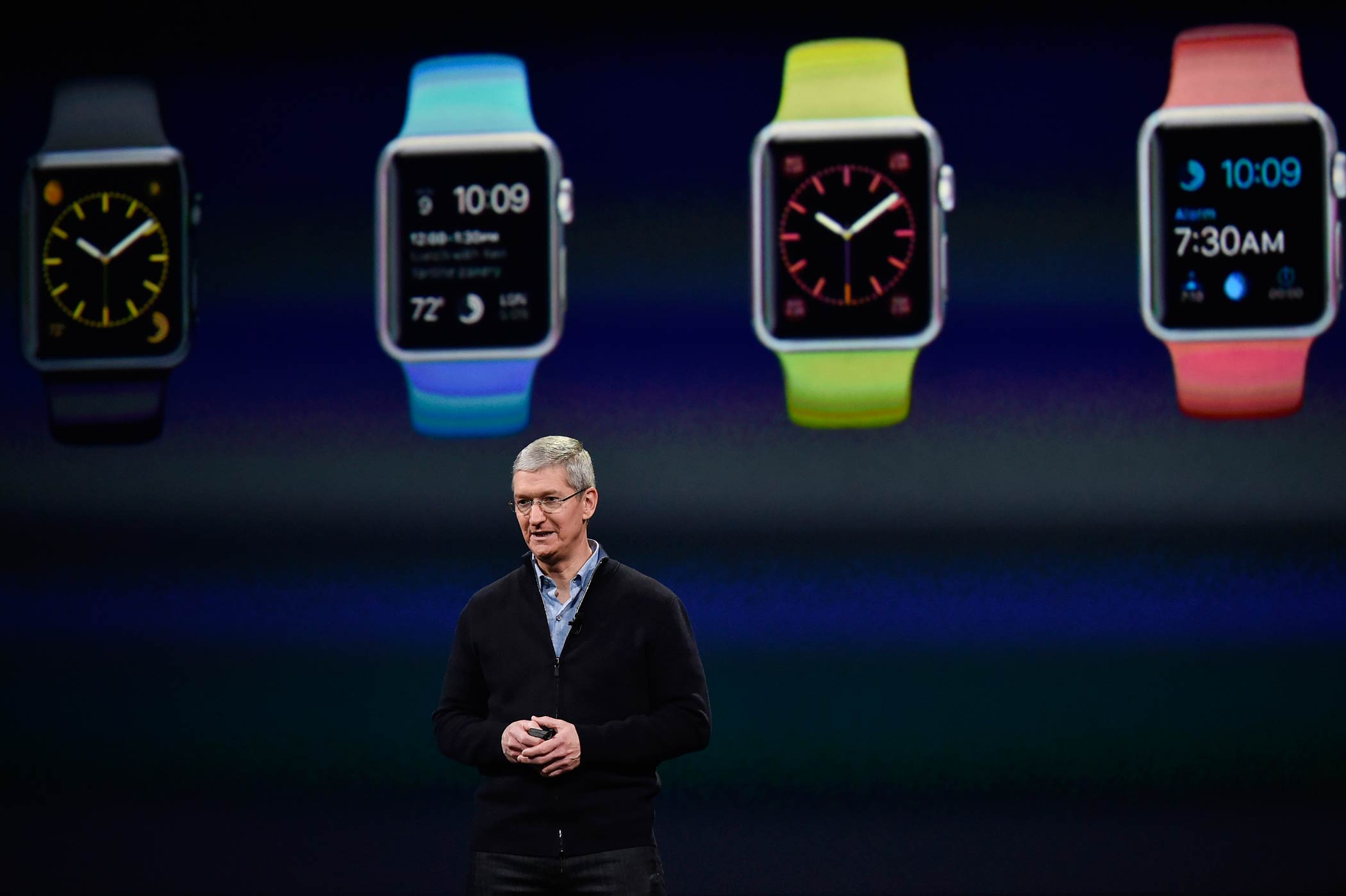
So much of Apple’s “Spring Forward” event last week has been analyzed to death, but I’d like to focus for a moment on the outfit that CEO Tim Cook wore. Yes, I know, such trivial considerations like executive fashion are inane when discussing a company like Apple–or at least they used to be–but bear with me.
The costumes CEOs wear during keynote events have become a part of the marketing message, especially when they involve multibillionaires slumming in something you could buy for $100 at Ross. For years, Steve Jobs wore rumpled, fading 501s, New Balance sneakers and the now-iconic black mock turtleneck. Early on in his keynotes, Tim Cook wore an untucked button-down shirt over nondescript jeans. (Fashion writers sniped that he had “no fashion.”)
That changed this week. Cook announced the sale of the Apple Watch not only with his shirt tucked in, but enveloped by a dark zip cardigan. The jeans looked to be upgraded to selvage denim. The message–coming during a week when Apple’s stock entered the blue-chip Dow Industrials and the company itself started pushing $17,000 gold watches–was clear, if fitting: Fashion now matters at Apple. I’m talking about, of course, much more than Tim Cook’s jeans.
None of this is much of a surprise. In fact, it’s been a long time coming. After Steve Jobs died, Cook’s Apple began caving to shareholder demands to offer dividends and split its stock–moves that Jobs vocally opposed during his tenure. And under Jobs, Apple products were high-end devices to give consumers the highest-quality personal computers available, not to become luxury fashions.
But if the change has been gradual and low key, Apple under Tim Cook is beginning to make some radical breaks with the Apple according to Jobs. For decades, Apple fanboys fought against the Microsoft hegemony of the PC industry and for the purity of Apple’s vision for personal computing. To be an Apple fanboy in 2015, however, is to be a fan of The Man. The ultimate corporate outsider is, under Cook, becoming the consummate insider.
There is of course much that remains unchanged under Cook. The corporate culture is largely intact despite a sixfold increase in headcount. Design is as paramount a factor as ever in both hardware and software. (Perhaps even more so than before as some of Jobs’ whimsy has been thankfully abandoned.) Above all, the user remains the focus of all products, which are never released until fully baked. Cook called the Watch “the most personal device we’ve ever created”—and that’s all Apple has really done: make personal computing as personal as possible.
Here's What the Newest Apple Watch Apps Look Like and Can Do


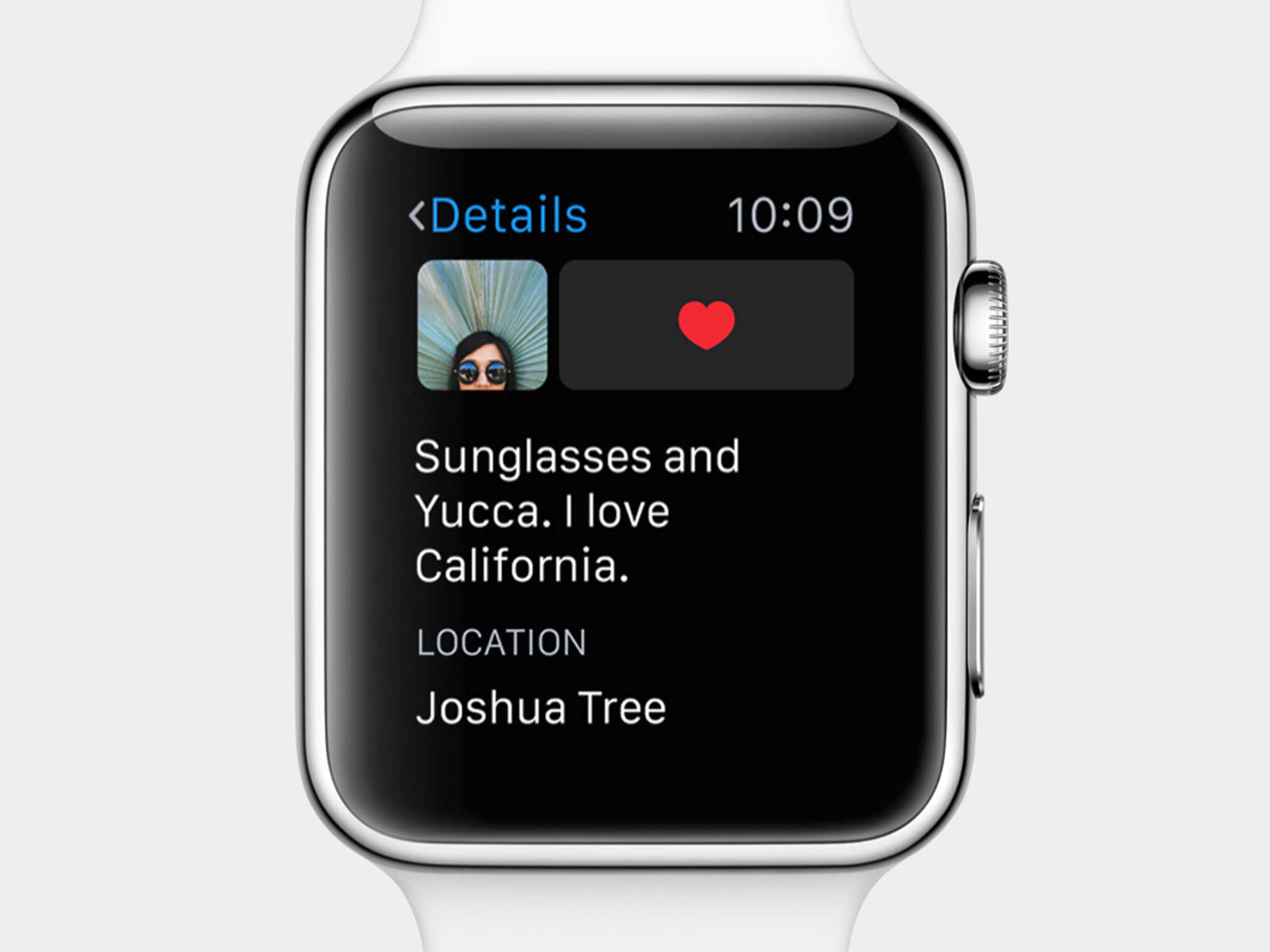

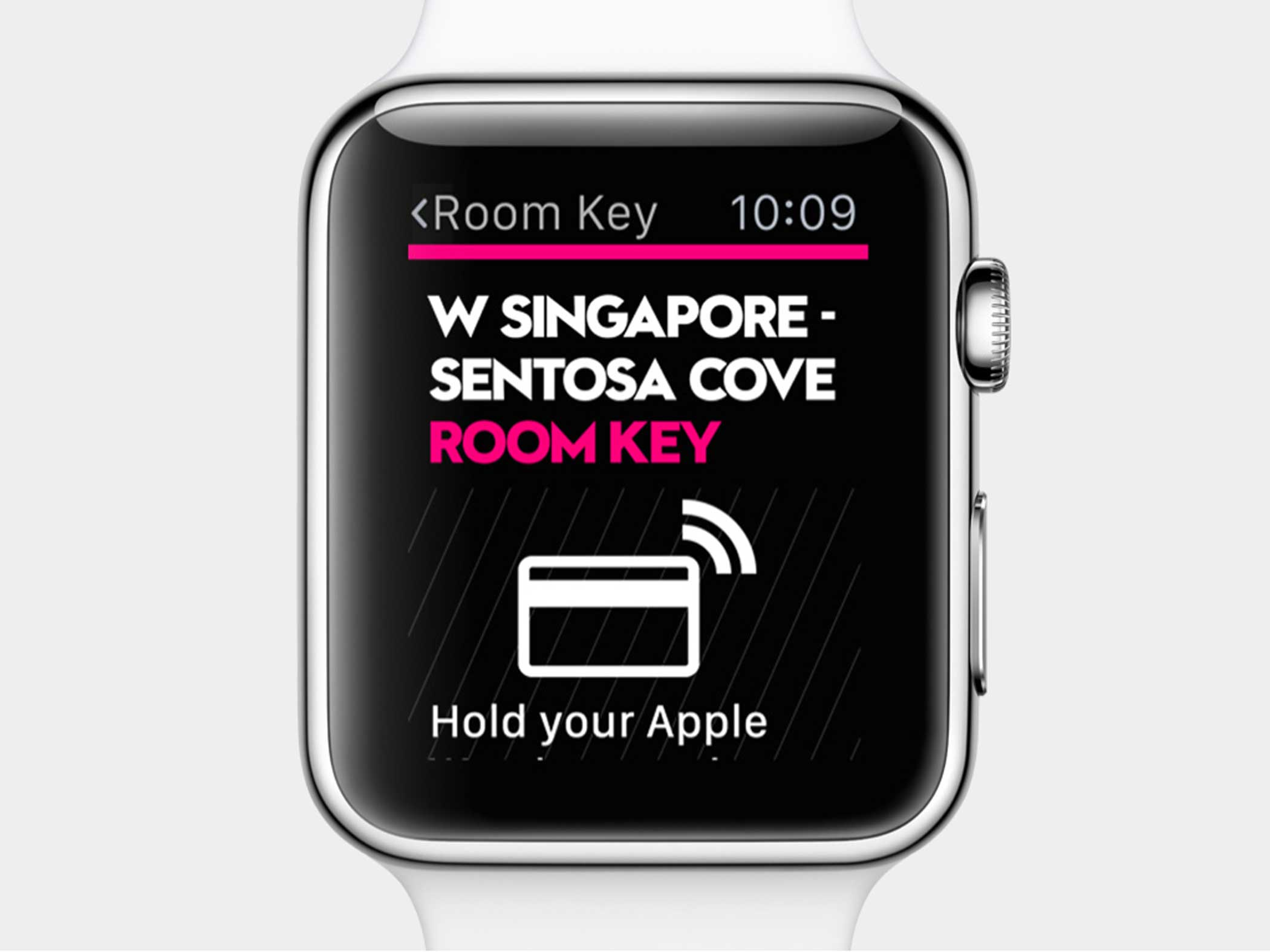


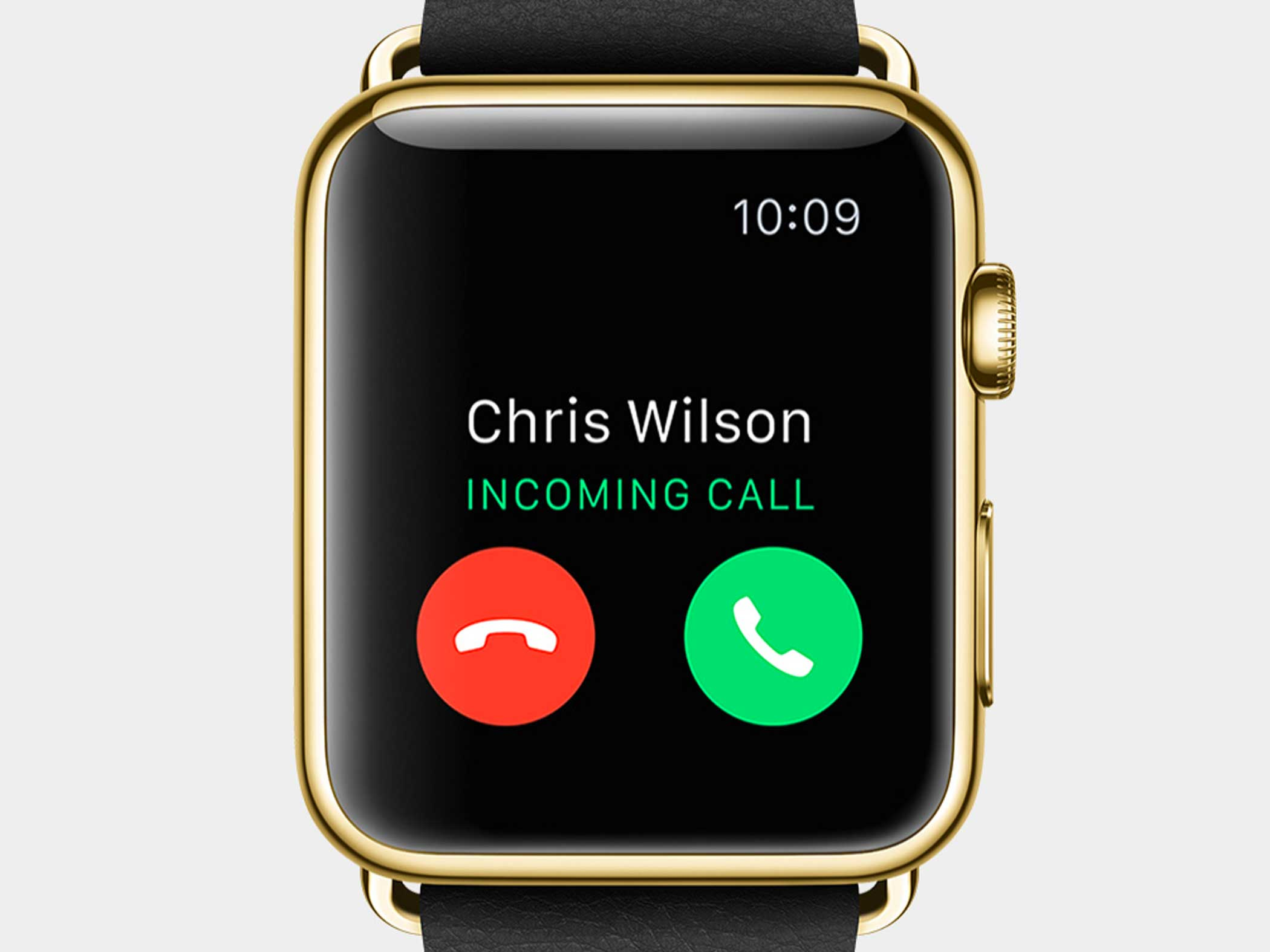
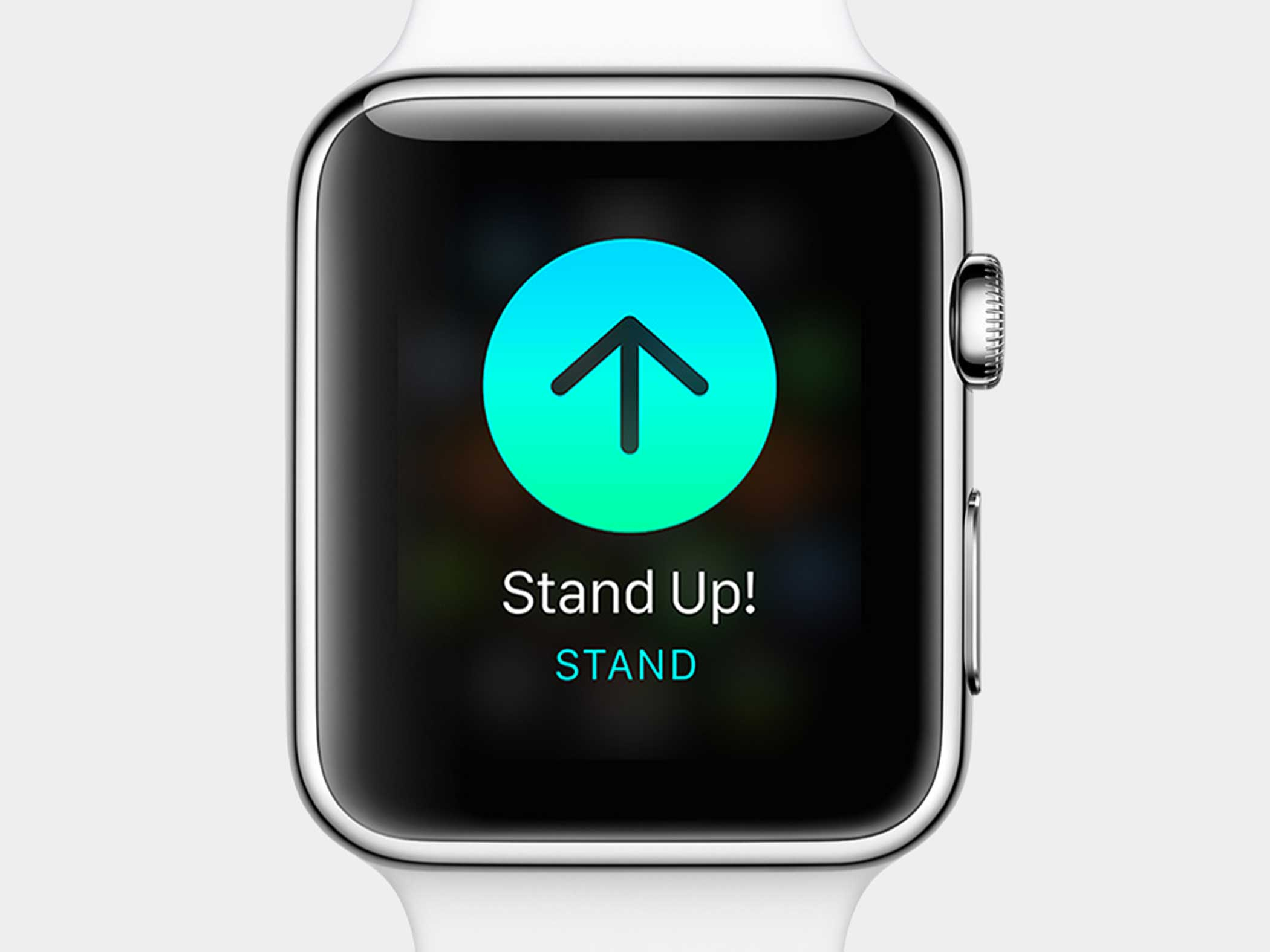
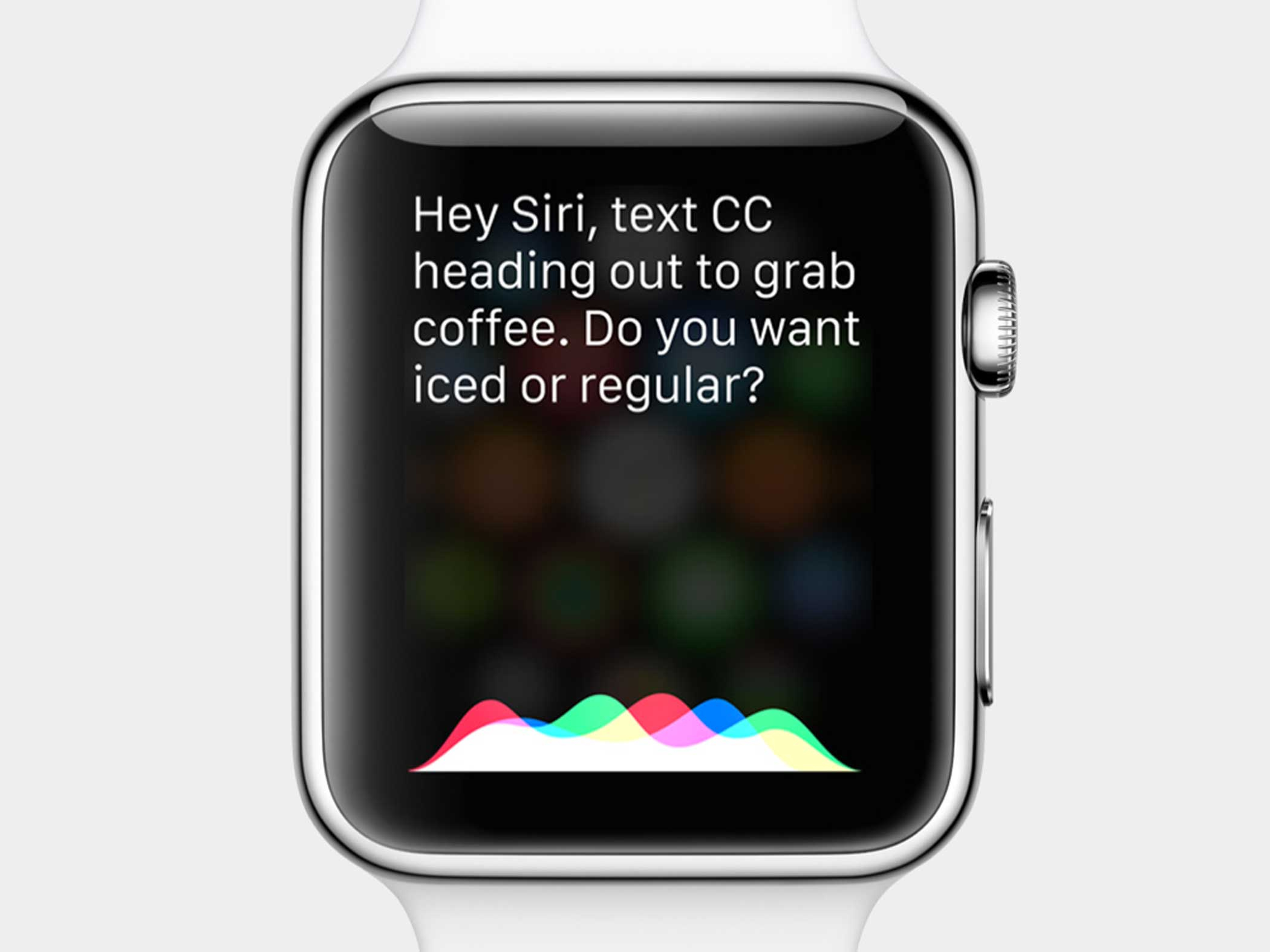
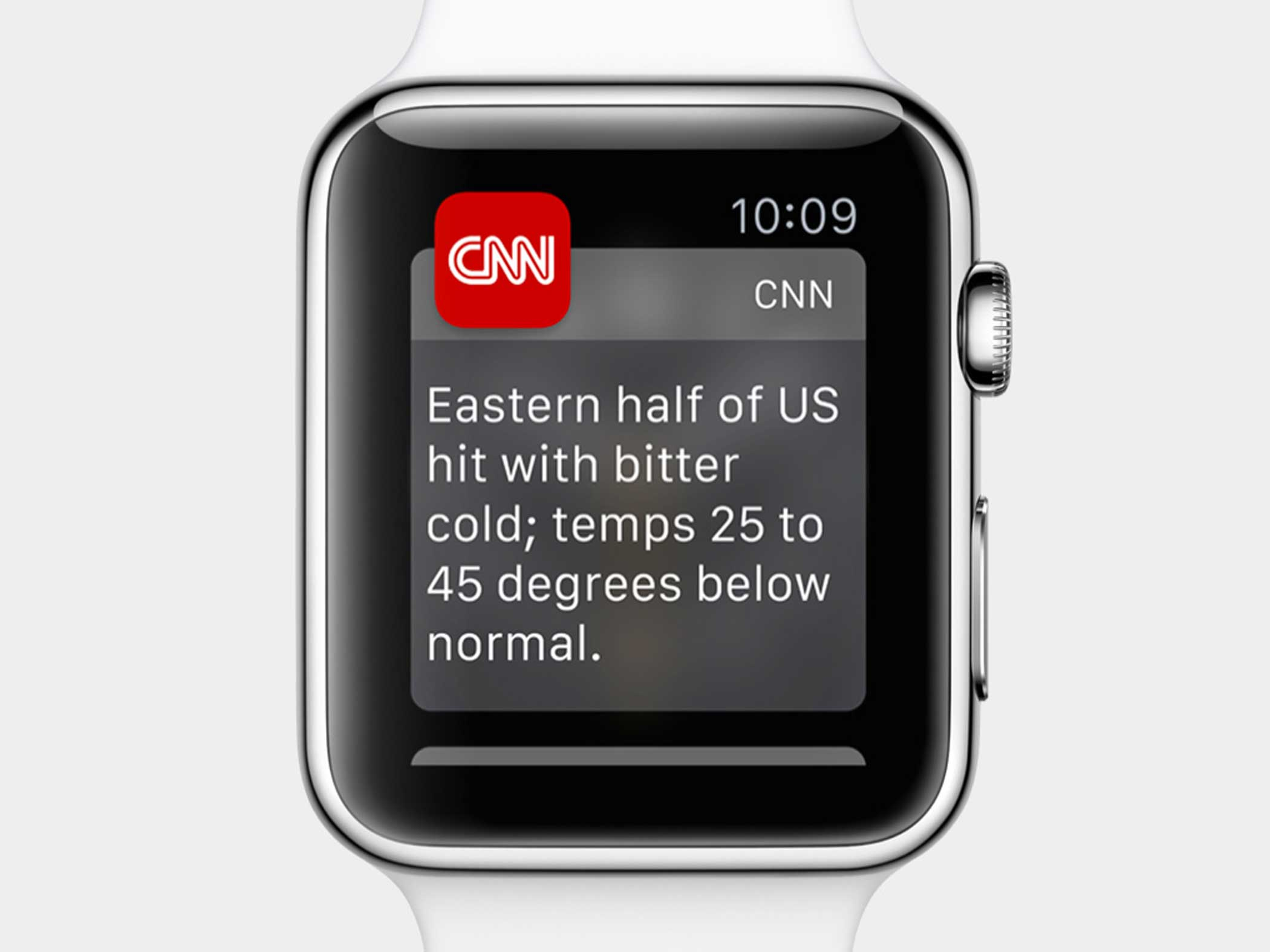
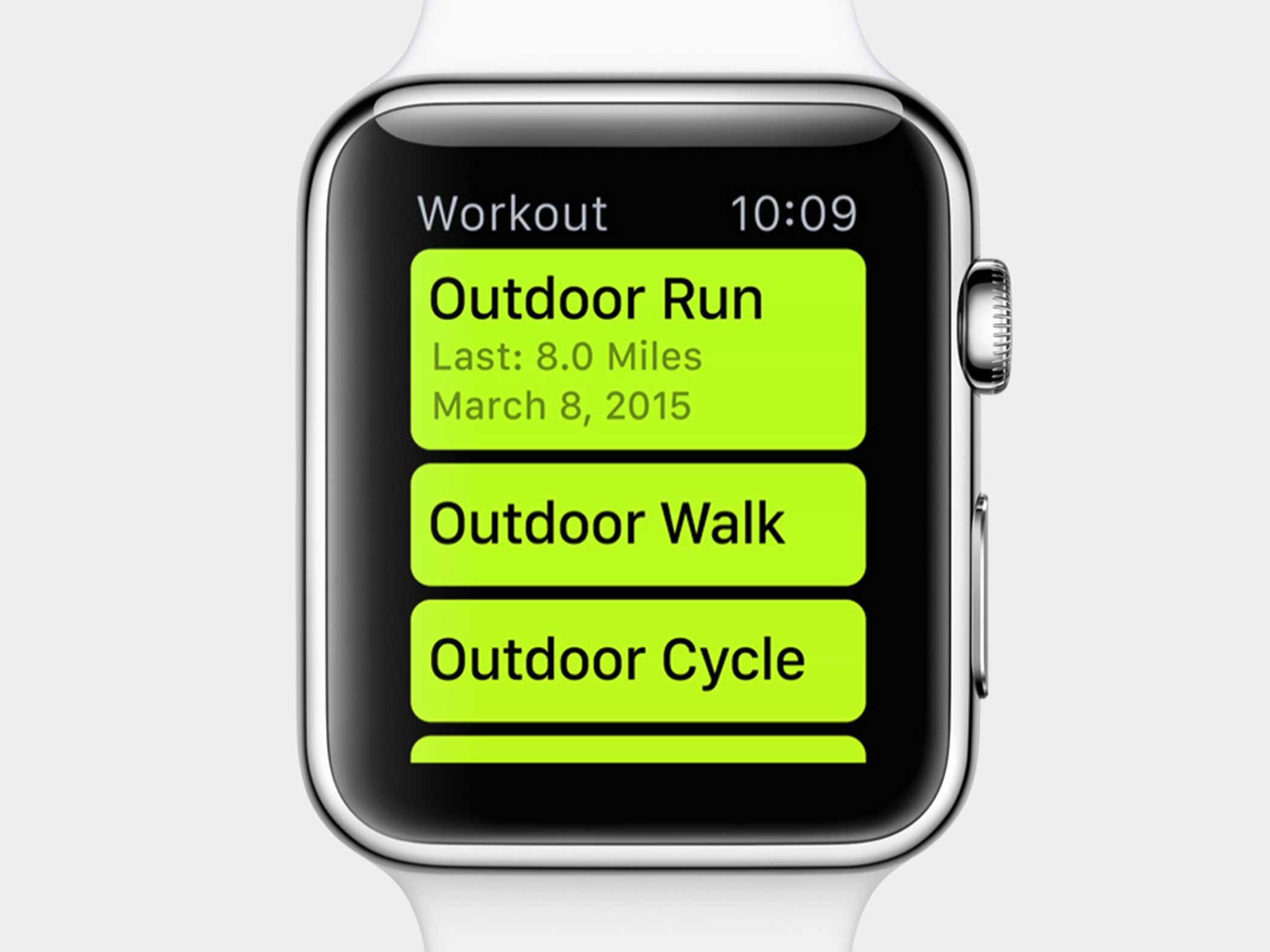
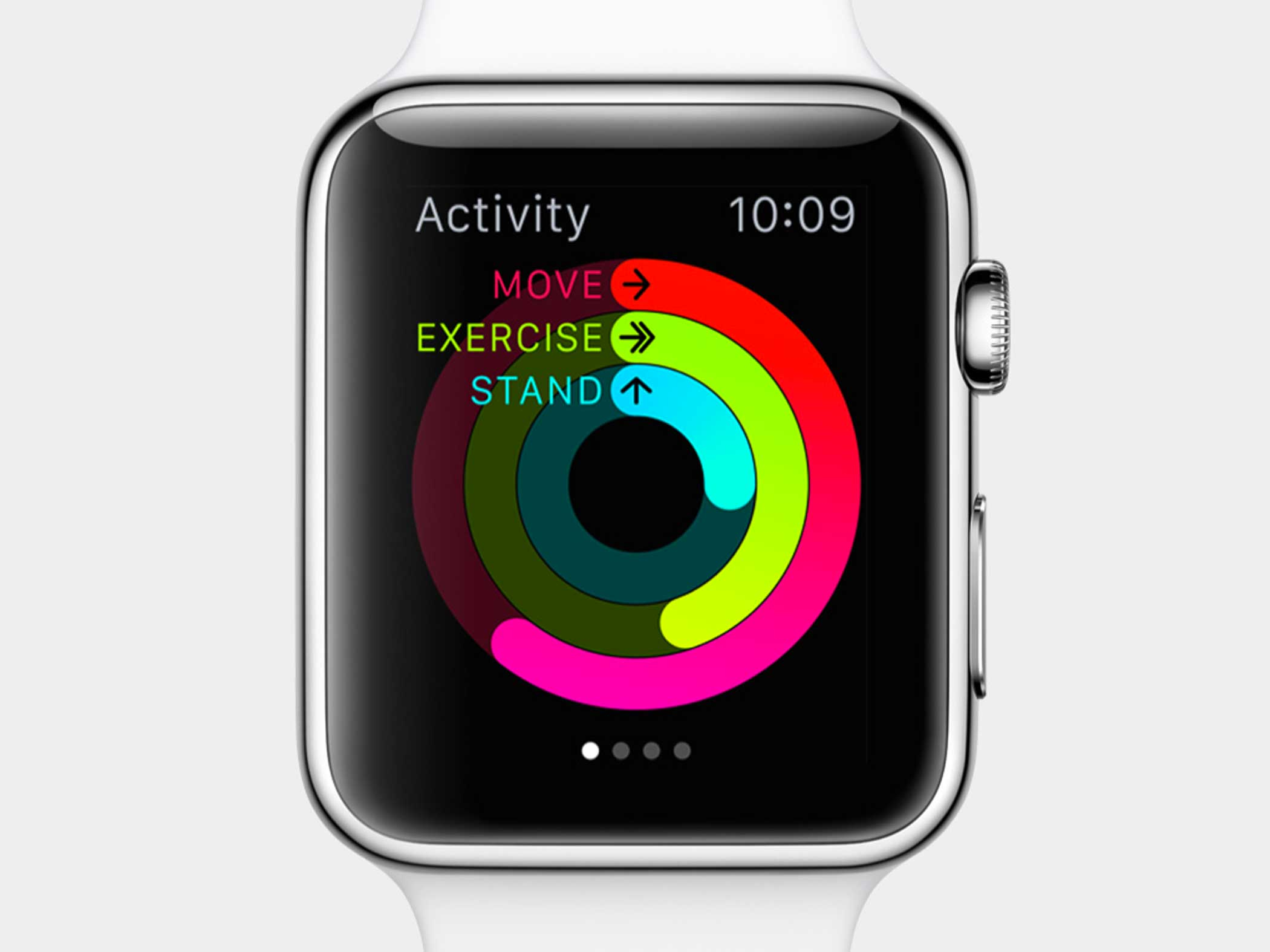
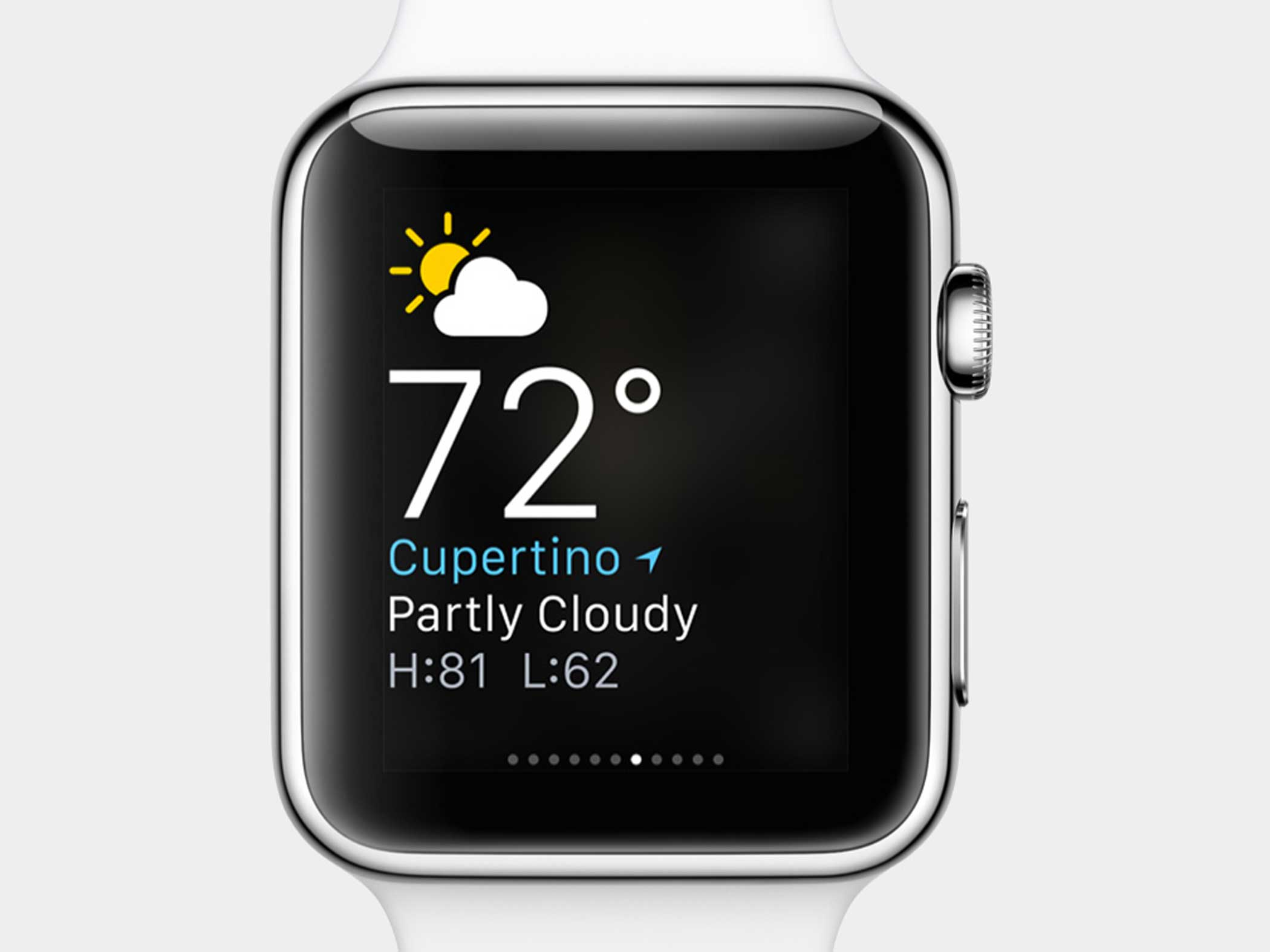
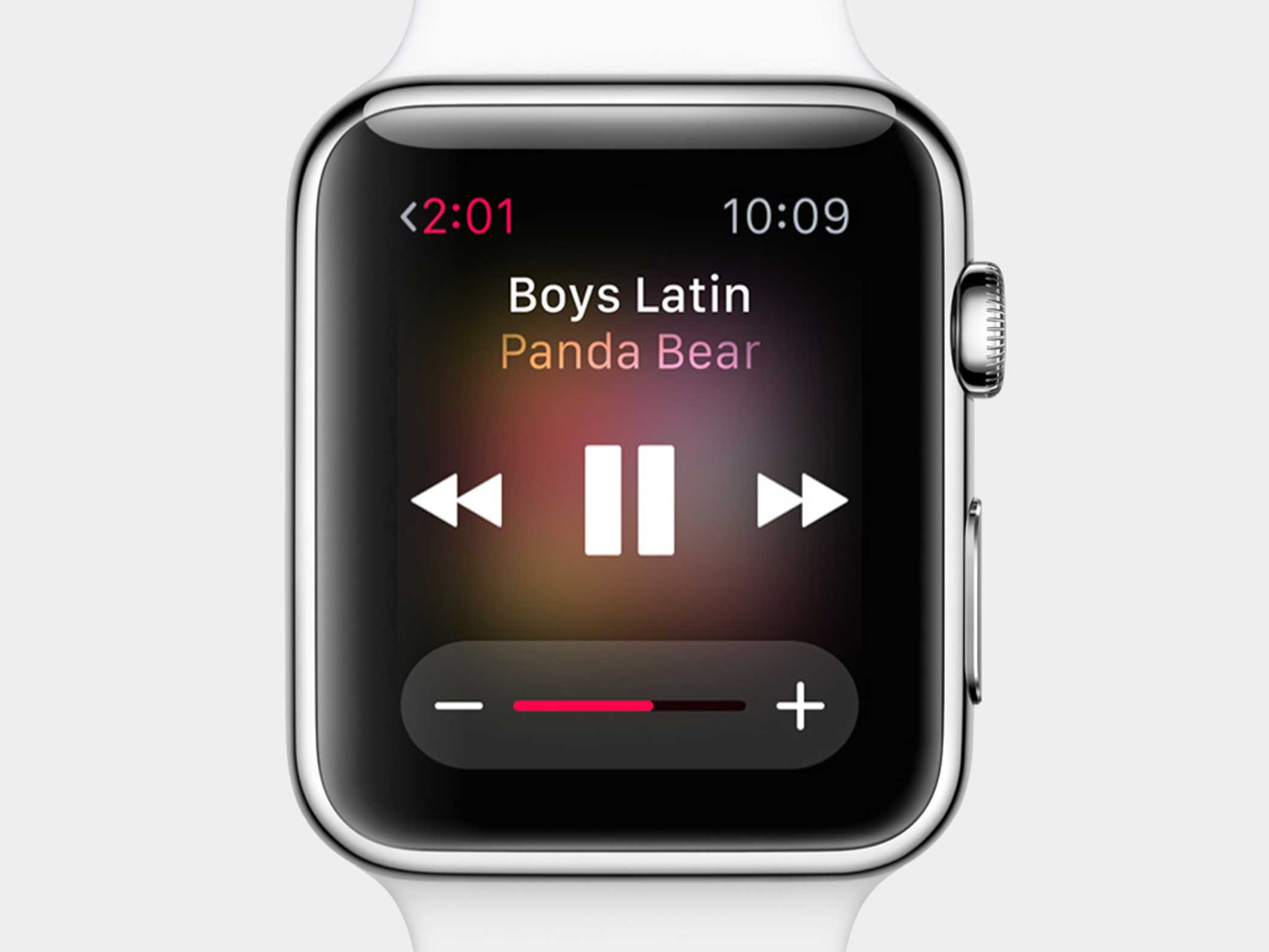
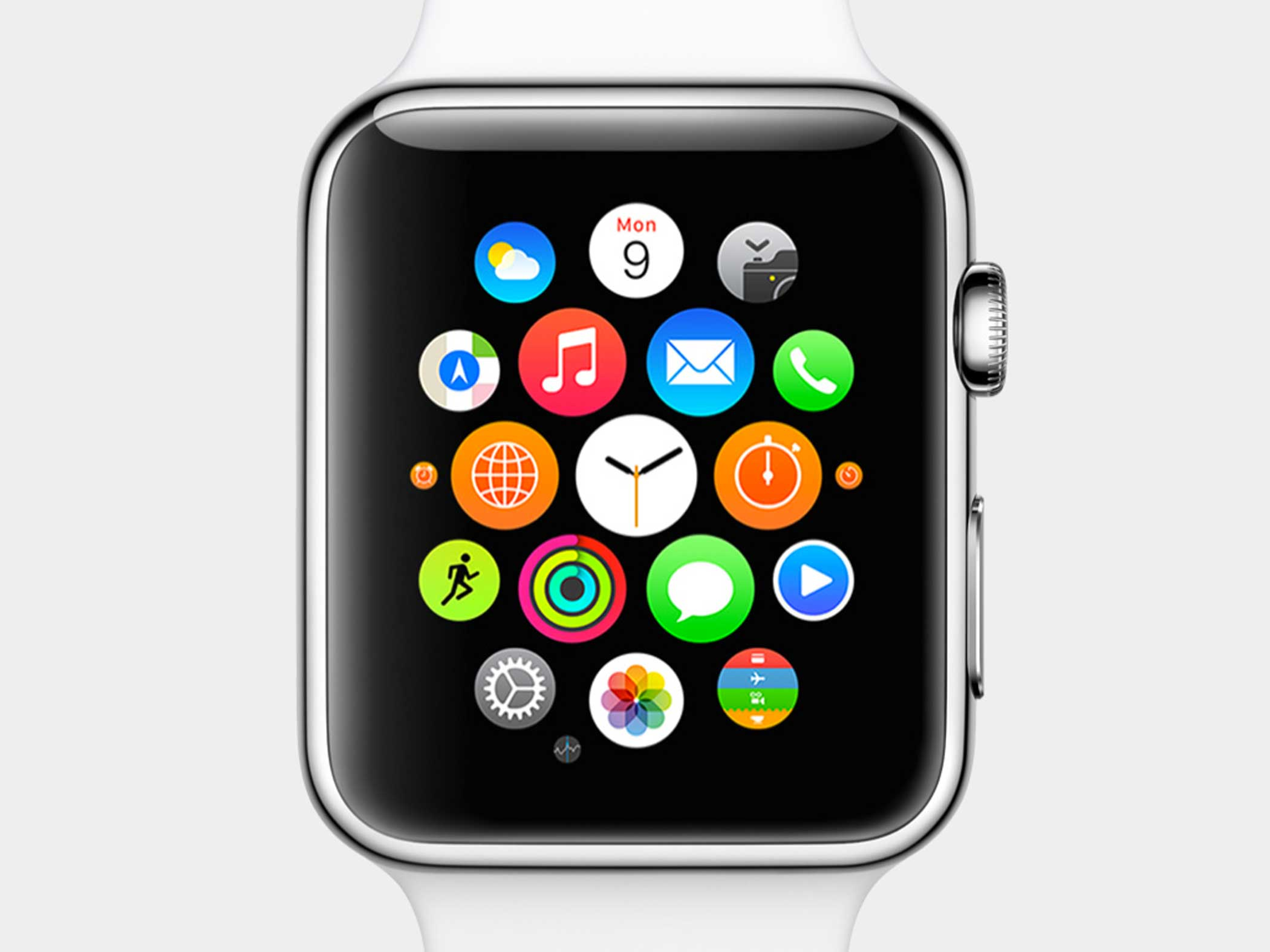
And yet it’s hard to ignore the subtle but significant ways Apple is changing. The old Apple disdained the idea of giving billions of dollars to investors when it could be stockpiled for innovation. The Dow was closer to a cabal of incumbents to be disrupted and not a place for rebel companies. And the idea of splitting Apple’s shares to fit into an anachronistic, price-weighted stock index conceived in the 19th Century would have seemed silly.
These changes at Apple are understandable. With $178 billion in cash (mostly overseas), Apple would be facing intense shareholder pressure not to distribute some of that largesse. But the old Apple took a cavalier attitude about investors. They weren’t just sitting in the back seat, they were put in the back-back seat of a station wagon, and should consider themselves lucky to be along for the ride. Growth was the goal Apple strove for. Dividends were paid by sissies.
The sale of expensive gold Apple Watches is also logical. There is no killer app, or even a killer function, for the smartwatch yet. But there won’t be until a lot of people start using them regularly. But they won’t wear one until there’s a killer app, and so on. To break this catch-22, Apple is pitching the watch as a luxury fashion item. Wear it because it makes you look good–because it’s fashion–and then Apple can tweak the technology inside once it figures out what features are most popular.
So the fashion factor of the Watch is enmeshed with the same goal Apple has for every product: a more personal technology. But even the idea that fashion is a goal that Apple should be pursuing at all marks a departure. iPods were once a cool, coveted gadget, and that image was played up in memorable TV ads. But in the end fashion was simply a byproduct of the design Apple used to make the iPod more personal.
Later, when Jobs unveiled the iPhone in 2007, he would have laughed at the idea it was a fashion accessory. Its purpose was to let you carry the Web itself around in your pocket. The sleek design on the outside told you about all the smart design inside.
With the smartwatch, Apple–along with everyone else – is still working on how to make what’s inside as compelling and intuitive as the iPhone. And so to many, its primary allure is as a status symbol. That notion strikes a lot of longtime Apple users as kind of odd, with many people joking that the $17,000 gold Watch has displaced Google Glass as the new gold standard for douchebags.
Cook and Apple will be able to brush off such jokes. The more expensive watches are not immediately visible on Apple’s site, and retail shoppers need to seek them out. It’s the same with the other changes Cook is making. They aren’t immediately visible, but they add up to a new Apple that’s very different from the company that Steve Jobs built.
Apple still thinks like a startup but, in many ways, it’s acting more and more like a blue-chip giant. It still clings to counterculture ideals and yet it’s become the company that, more than any other, defines cultural norms. A big, interesting question facing Tim Cook’s Apple is, how long can it continue to straddle such contradictions?
More Must-Reads from TIME
- Why Trump’s Message Worked on Latino Men
- What Trump’s Win Could Mean for Housing
- The 100 Must-Read Books of 2024
- Sleep Doctors Share the 1 Tip That’s Changed Their Lives
- Column: Let’s Bring Back Romance
- What It’s Like to Have Long COVID As a Kid
- FX’s Say Nothing Is the Must-Watch Political Thriller of 2024
- Merle Bombardieri Is Helping People Make the Baby Decision
Contact us at letters@time.com